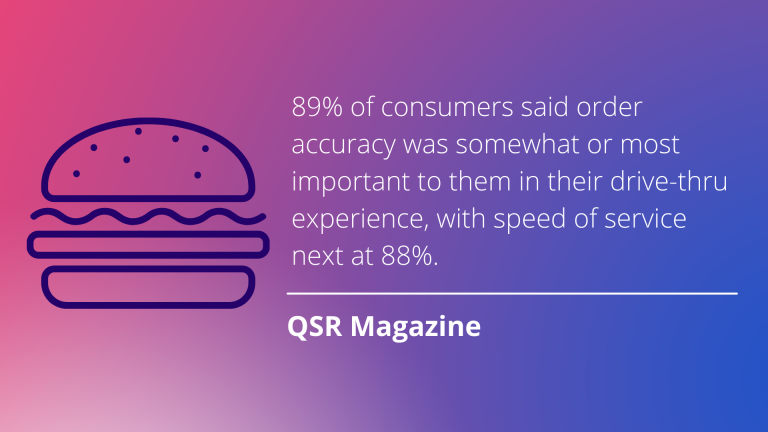There are a few key ingredients that go into crafting powerful, accurate, and fast voice experiences—including branded wake words, good user data, defined voice personas, and multiple language capabilities. At the core of exceptional voice user interfaces is a real understanding of who your users are and their most desired use cases. Brands and developers should be asking themselves: What are your users’ needs, expectations, and wants? What languages do they speak? What are their privacy concerns? What voice will they connect with the most? Getting the answers to these questions is essential to designing and developing a voice assistant that exceeds user demands and business goals.
To find out more about the essential ingredients that compose a voice AI platform, we interviewed a few voice AI experts we know, asking them for voice AI design tips to help us gain insights into what goes into designing a superior conversational assistant. They talked about everything from user testing, designing for noisy environments, and customizing brand-owned voice assistants to wake words and multilingual capabilities.
Here’s what voice AI experts say about 5 key elements of exceptional conversational AI design:
- Know your audience and device
- Improve wake word design
- Design for your brand with data
- Choose the right voice
- Make it multilingual
1. Know your audience and device for better voice user interface design
Designing the best user experience possible requires understanding the needs of your users and the functionality goals of the device itself. Any of these elements can alter how you approach designing the conversation flow, the visuals, and even the lexicon of your voice assistant.
For example, if the device is for a car, you’ll want to consider the multimodal aspect for push-to-talk or wake word invocation and decide what information to include for on-screen displays. Making the experience as seamless as possible ensures drivers can find what they’re looking for, whether that’s navigation, entertainment, or answers to queries—without having to take their eyes off the road.
On the other hand, mobile apps and smart TVs will generally have the user looking directly at the screen throughout the entire conversation, but with varying degrees of distance from the device. Smart home technology may not have a visual interface at all.









